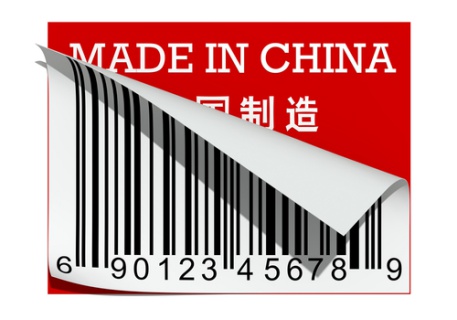
China’s B2B e-commerce market keeps climbing. According to China-watching e-commerce analyst Enfodesk, B2B revenue for Q2 2014 reached 4.53 billion Chinese yuan ($740 million), up 6.1 percent from Q1 and up 57.29 percent from the same quarter in 2013, China Internet Watch reported.
That puts the Chinese B2B market on track to beat previous Enfodesk estimates of 18 billion yuan ($2.9 billion) in B2B revenue for all of 2014.
Alibaba dominated the B2B marketplace with a 44.82 percent market share, followed by HC360.com at 4.53 percent, Made-in-China.com at 3.21 percent, GlobalSources.com at 2.98 percent, Pharmnet.com at 1.13 percent and Dhgate.com at 1.08 percent
Enfodesk credited the B2B growth to an improved overall market environment, including a slightly higher Chinese GDP, and a shift of total international trade from negative to positive.
Some Chinese consumers, whose purchasing habits have been influenced by the wave of e-commerce in China, have also begun trying their hand as B2B suppliers online. More than 40 percent of China’s B2B market consists of merchants with less than 1 percent of the market — in some cases, far less.
In addition, some larger B2B operators have begun to launch Big Data-based value-added services, including data analytics for suppliers, as well as matching buyers with suppliers to increase use of B2B markets.
But according to the analysts, the next breakthroughs for China’s B2B market will be in payment security, control and certification, and bank payment.
Although current business buyers and sellers are willing and able to exchange business data to improve their supply chains, they still have concerns about the security of online payment and settlement, and need effective ways to pay for large online transactions.
Another issue is business certification. China’s business regulatory mechanisms haven’t improved, which has led to increasing distrust of the business certification process, Enfodesk said. Gradual improvement of the B2B trading infrastructure and the overal business environment, with improved certification for strict financial control mechanisms, should help spread the use of online transaction settlement.
Banks are also beginning to focus on online B2B transactions, especially the integration of online and offline transactions for large B2B players, Enfodesk said.